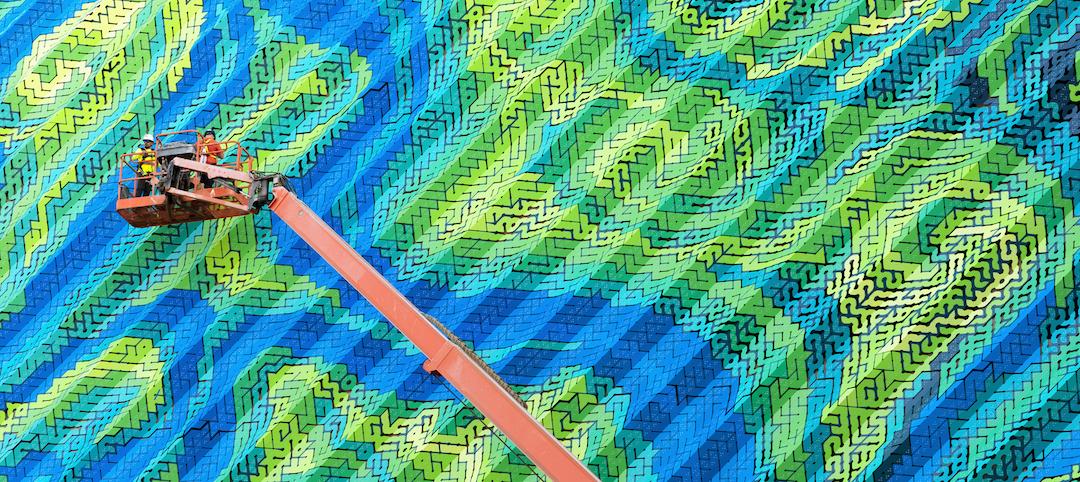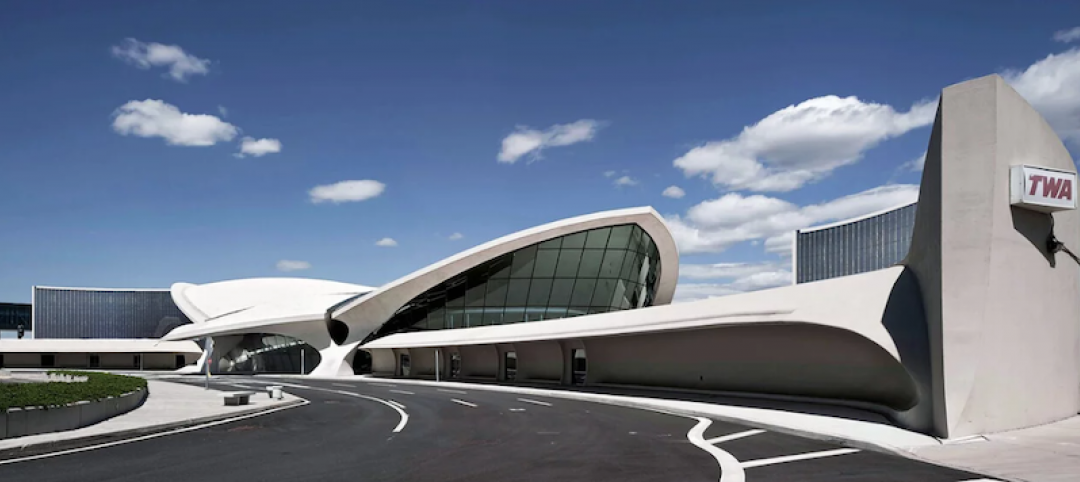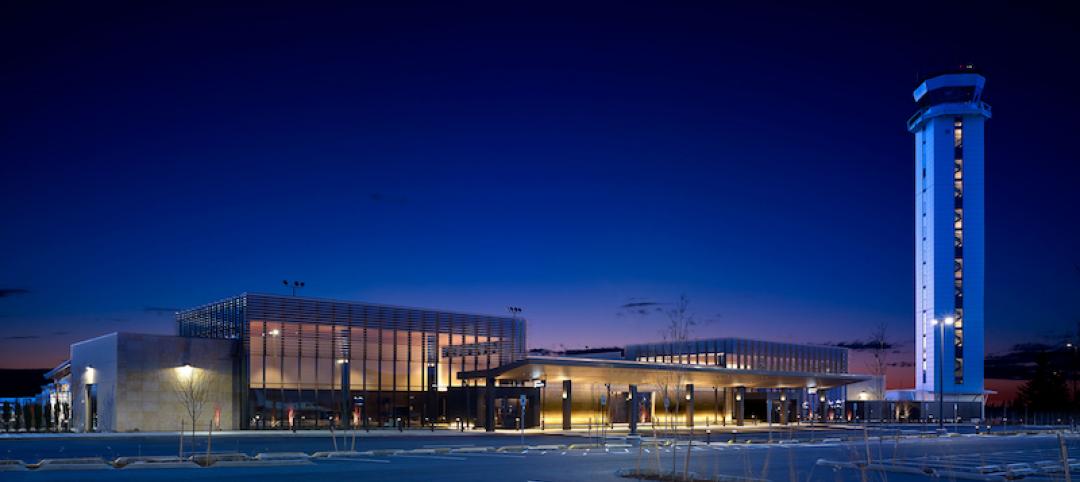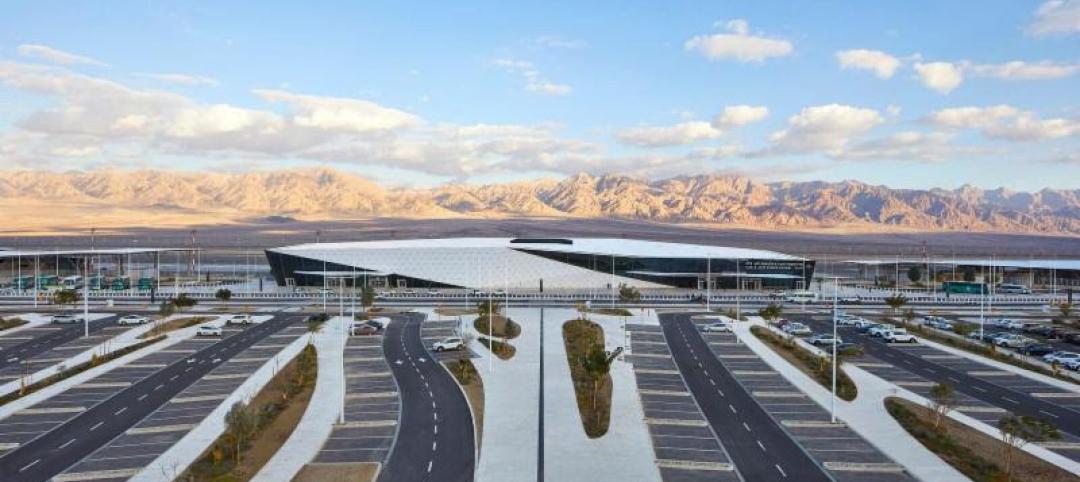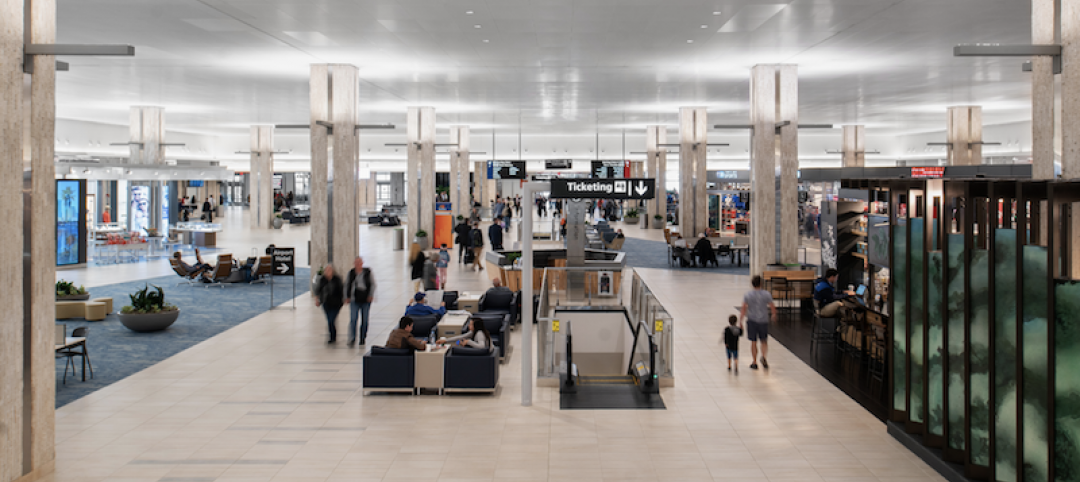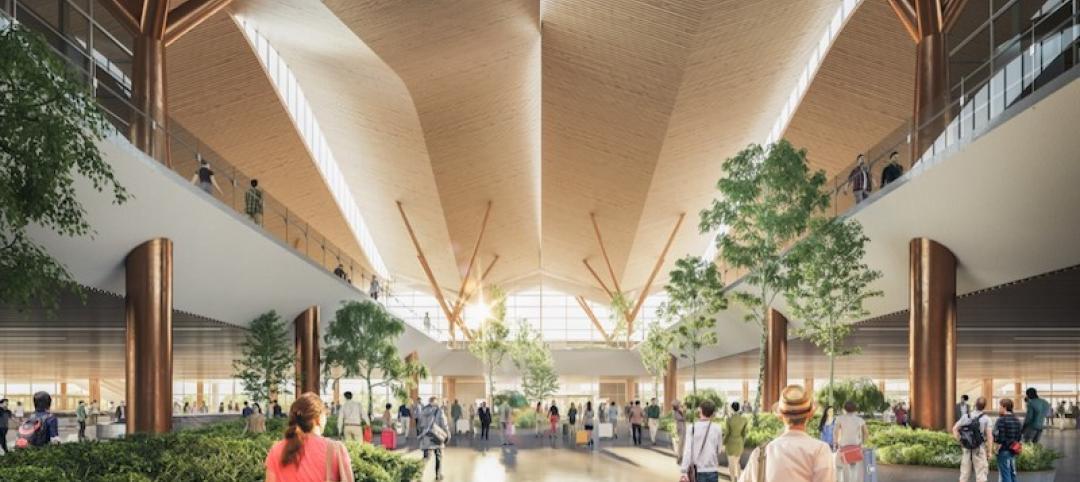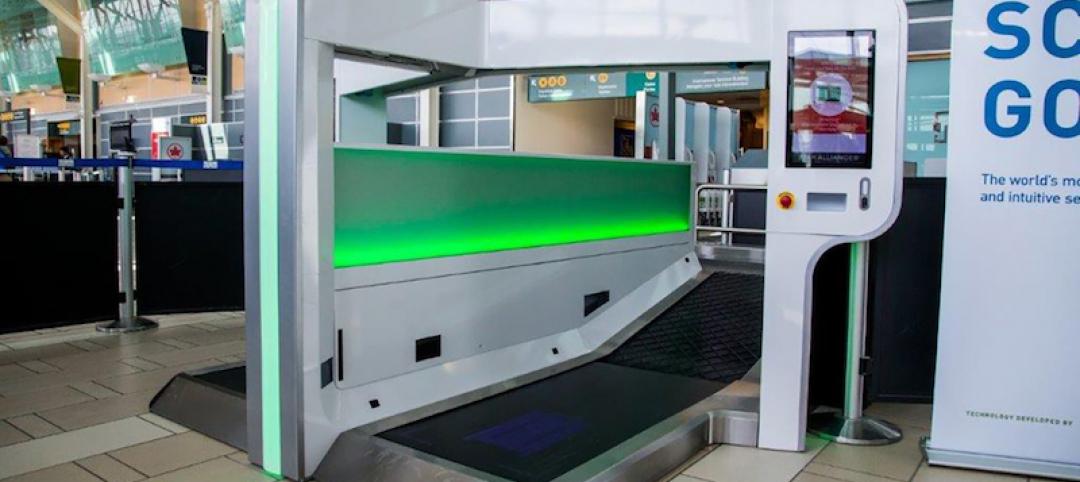Construction costs in North America rose for the 22nd consecutive month in November as labor costs continued to increase, amid growing industry concern over the tight availability of skilled workers.
The Engineering and Construction Cost Index (ECCI) registered 53.2 percent in November, up from 52.6 percent in October, according to IHS Inc. (NYSE: IHS) and the Procurement Executives Group (PEG). The ECCI indicates that construction costs in North America have been on the rise for nearly two years since January 2012.
The attached figure presents the monthly results of the ECCI. A number higher than 50 indicates a monthly increase in prices paid, while a reading lower than 50 shows a price decline.
The index divides construction costs into two major categories: materials/equipment and subcontractor labor. With the materials/equipment portion of the index hovering near 50 since April, it was the labor segment that drove the increase for the month.
The current subcontractor labor index climbed to 58.5 percent, up from 56.4 percent last month, with the strongest gains in November concentrated in Western Canada as well as in the southern and western regions of the United States.
Shale shock
The shale gas boom in the United States is playing a major role in driving increased spending on construction and rising costs for associated labor in North America.
“Labor concerns have been reported in the U.S. Gulf Coast, where demand from new downstream energy projects is expected to increase,” said Laura Hodges, director of the pricing and purchasing service at IHS. “Some in the industry are even suggesting shortages of skilled laborers such as welders and pipefitters in 2014 because of increasing investment in such projects.”
For several years, materials costs were the major factor driving up expenses for North American construction firms, as China’s economic boom ate up the available global supply. However, as China’s growth has slowed, the focus has shifted from materials to labor.
North American construction companies now say their main concern is the continued increase in labor costs. With U.S. spending on construction on the rise and skilled workers aging, the availability of skilled laborers is likely to become tighter.
While costs for these skilled laborers are on the increase, the wage inflation is not likely to climb as high as it did in 2007, when a strong U.S. economy spurred double-digit annual pay increases for these skilled areas. This is largely because the strength of the U.S. economy is not as uniform as it was 2007 and employers are investing in training and mentoring programs to be prepared for this next wave of activity.
The material world
Looking at the material/equipment segment of the ECCI, November recorded the seventh consecutive month of falling prices for carbon steel pipe and a fourth month of declining freight rates between Asia and the United States. Copper-based wire and cable and fabricated structural steel also joined the ranks of falling prices in November and moved below the 50-percent threshold.
About the ECCI
The IHS/PEG Engineering and Construction Cost Index (ECCI) is a diffusion index based on data independently obtained and compiled by IHS from the procurement executives of leading engineering, procurement, and construction firms. The headline index tracks industry-specific trends and variations, identifying market turning points for key projects, and is intended to act as a leading indicator for wage and material inflation specific to this industry.
Each survey response is weighted equally for every $2 billion in spending in North America. Respondents are asked whether prices—either actual paid transactions or company-informed transactions—during the current month for individual materials, equipment, and regional subcontractor rates, were higher, lower or the same as the prior month.
Respondents are then asked for their six-month pricing expectations among these same subcategories. The results are compiled into diffusion indexes, in which a reading greater than 50 represents upward pricing strength and a reading below 50 represents downward pricing strength.
Related Stories
Design Innovation Report | Jun 25, 2019
2019 Design Innovation Report: Super labs, dream cabins, office boardwalks, façades as art
9 projects that push the limits of architectural design, space planning, and material innovation.
Airports | May 20, 2019
How the Internet of Things will transform airport environments
Connected devices and their wealth of data have led to significant improvements in operational efficiency and passenger experience in airports.
Hotel Facilities | May 16, 2019
JFK’s TWA Flight Center has been reimagined as a hotel
MCR and Morse Development spearheaded the project.
Airports | May 9, 2019
Paine Field-Snohomish County Airport’s new terminal culminates early plan
$40 million redevelopment brands hub as true boutique airport.
Airports | May 1, 2019
The Ilan and Asaf Ramon International Airport opens in Israel’s Negev Desert
Amir Mann-Ami Shinar Architects and Planners designed the facility in partnership with Moshe Zur Architects.
Airports | Apr 1, 2019
Home team wins O’Hare terminal design competition
Studio ORD, which includes Chicago-based Studio Gang, is chosen from five finalists.
Airports | Mar 21, 2019
First photos inside the nearly completed Jewel Changi Airport addition
The addition is set to open this spring.
Airports | Feb 28, 2019
Renovation of Tampa International Airport’s Main Terminal completes
Skanska and HOK led the design-build team.
Airports | Feb 26, 2019
Design team unveils Terminal Modernization Program at Pittsburgh International Airport
The terminal’s design philosophy combines nature, technology, and community.
Airports | Feb 21, 2019
Self-service bag drops and the challenges of speeding up airport baggage check-in
More airports are asking passengers to check their own baggage. What’s the ripple effect?



